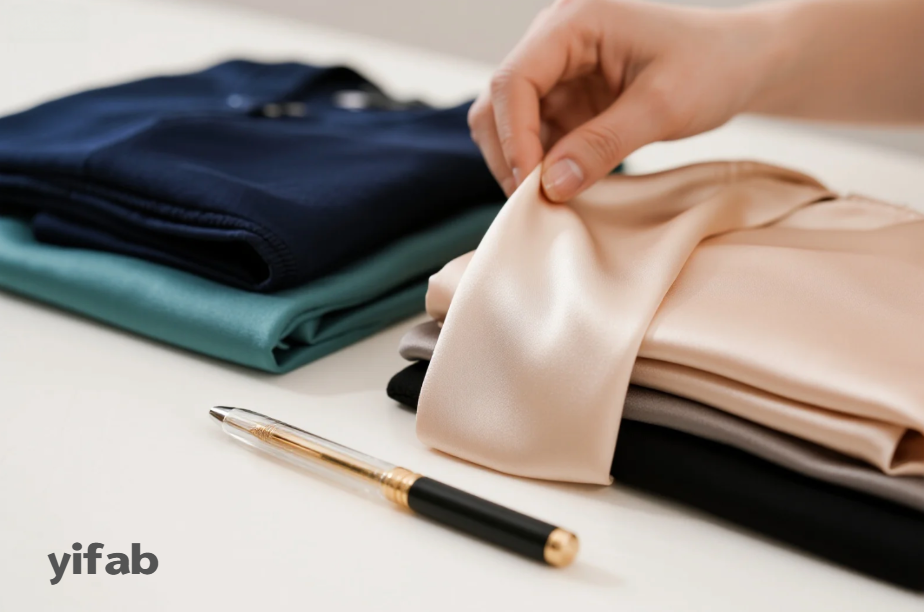Silk Blends vs. Pure Silk: How to Identify
Blog post description.
8/6/20251 min read


Silk Blends vs. Pure Silk: How to Identify
When shopping for luxurious fabrics, it's important to know the difference between silk blends and pure silk. Both have unique qualities, but understanding their differences can help you make an informed choice.
1. Texture and Feel
Pure silk is known for its smooth, cool feel against the skin. It’s soft, breathable, and has a natural sheen. Silk blends, on the other hand, often incorporate fibers like cotton, polyester, or wool, which can affect the texture. Blended fabrics may feel less smooth, with a slightly rough or stiff texture compared to pure silk.
2. Shine and Luster
Real silk has a distinctive, reflective luster that changes with light. This natural shine is one of the key characteristics of pure silk. Silk blends can still have some shine, but it tends to be less dynamic. The reflection from a blend may look more artificial or flat.
3. The Burn Test
A quick way to differentiate silk blends from pure silk is the burn test. Pure silk burns slowly, emitting a smell similar to burning hair and leaving ash-like residue. Silk blends, depending on the fibers used, may melt or burn faster, often producing a plastic-like smell or residue.
4. Durability and Care
Pure silk is delicate and requires careful handling. It wrinkles easily and should be dry-cleaned or hand-washed. Silk blends are generally more durable and resistant to wrinkles, making them easier to care for.
5. Price
Pure silk is more expensive due to its luxurious quality and labor-intensive production. If the fabric is priced unusually low for “silk,” it’s likely a blend.
By paying attention to texture, shine, and care instructions, you can easily identify whether you’re dealing with silk blends or pure silk.
